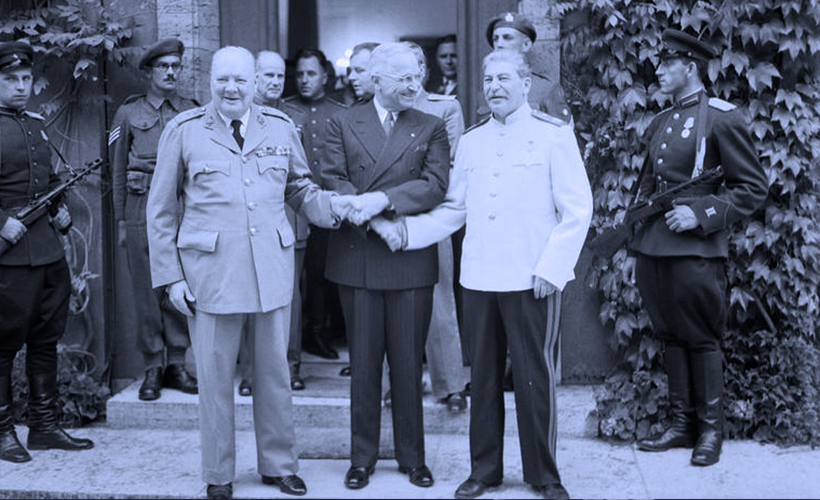Should the Berlin Wall have been built? Be sure to check out Issues & Controversies in History’s complete and unbiased coverage of this issue. Learn more about the issue and check out a sample of the pro/con arguments on both sides below.
Try Issues & Controversies in History today!
THE ISSUE
In 1961, the East German government closed the border between East Berlin and West Berlin and built a wall around West Berlin. Since 1945, when World War II ended, both Germany and Berlin, its capital city, had been divided between an eastern part aligned with the Soviet Union and a western part aligned with the United States. As Cold War tensions spiked in the 1950s, leaders in East Germany and the Soviet Union felt increasingly threatened by West Germany. To block access between East and West Berlin and pressure Western nations to negotiate a solution to regional issues, East Germany constructed a barrier that encircled West Berlin. Should this barrier—the Berlin Wall—have been built?
Arguments for Building the Berlin Wall:
Arguments Against Building the Berlin Wall:
The Berlin Wall was built as a way to keep East Germans from fleeing to West Berlin—and it has worked. Thousands of people, including highly educated and skilled workers, were crossing over the border to the West each month before the building of the Wall. Afterward, that number has been cut to near zero. The Wall has also successfully blocked the passage of Western spies and other subversives into East Berlin. Because of the Wall, the Soviet Union can successfully promote the status of East Germany as a sovereign state—and a solid ally. The building of the Wall has shaken the postwar agreement that has the four victorious World War II powers (the United States, Soviet Union, Great Britain, and France) sharing control of Berlin, making it more likely that East Germany will one day take command of the entire city, East and West. The Wall has served East Germany and the Soviet Union well.
The Berlin Wall was built as a way to keep East Germans from fleeing to West Berlin—and it has worked. But it has also kept citizens of East Germany from traveling to good-paying jobs in West Berlin. And it has restricted and otherwise dissuaded citizens of West Berlin from traveling to East Germany, whether to apply their expertise in the workplace, to visit family members, or to spend their money in East German stores and businesses. The East German economy has suffered as a result. The building of the Wall widened the rift between the Soviet Union and the West, very nearly leading to war—and it remains a potential source of conflict. The Wall has since become a powerful symbol that the West has used to accuse the Soviet Union of oppressing its people. The Wall should never have been built.
Issues & Controversies in History links this pro/con article to rich related resources that enhance the debate. Students and researchers can delve into primary sources—including speeches by President John F. Kennedy, Soviet premier Nikita Khrushchev, and the leaders of East and West Germany—that provide context, a topic-specific timeline, a bibliography, and a thought-provoking “What if…” section that explores what might have happened had West Berlin’s border remained open. Plus, discussion questions are provided to inspire critical thinking and analysis.
What Is Issues & Controversies in History?
Issues & Controversies in History places students at the center of the great debates and conflicts in U.S. and world history, exploring the issues as the key players saw them or, in some cases, as historians have interpreted them. This comprehensive reference database delivers dynamic, concise, and balanced coverage of a broad range of topics, from slavery, empire, and revolution to race, gender, economy, and disease, all over the globe. By building a deeper understanding of how historical events and conflicts have influenced U.S. and world history over the past 5,000 years, Issues & Controversies in History is a powerful tool for helping researchers analyze primary sources, answer document-based questions, and prepare for history debates and research projects.
Click here to take a free trial of Issues & Controversies in History.
See also:
- Reproductive Rights and the Contraceptive Revolution: A Historical Controversy from Issues & Controversies in History
- Kellogg-Briand Pact: A Historical Controversy from Issues & Controversies in History
- Yalta Agreement: A Historical Controversy from Issues & Controversies in History
- For Primary Sources, Make Infobase Your First Stop



